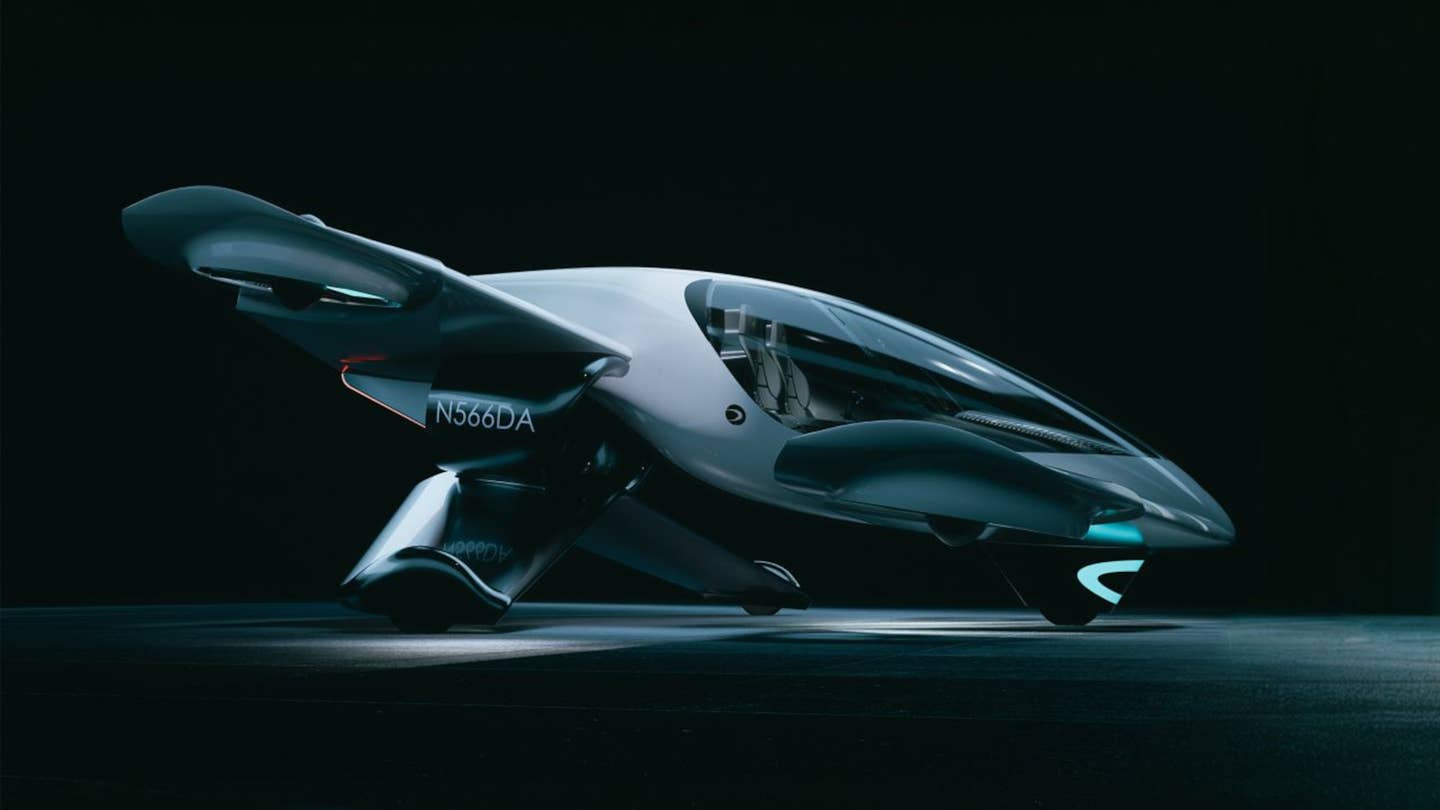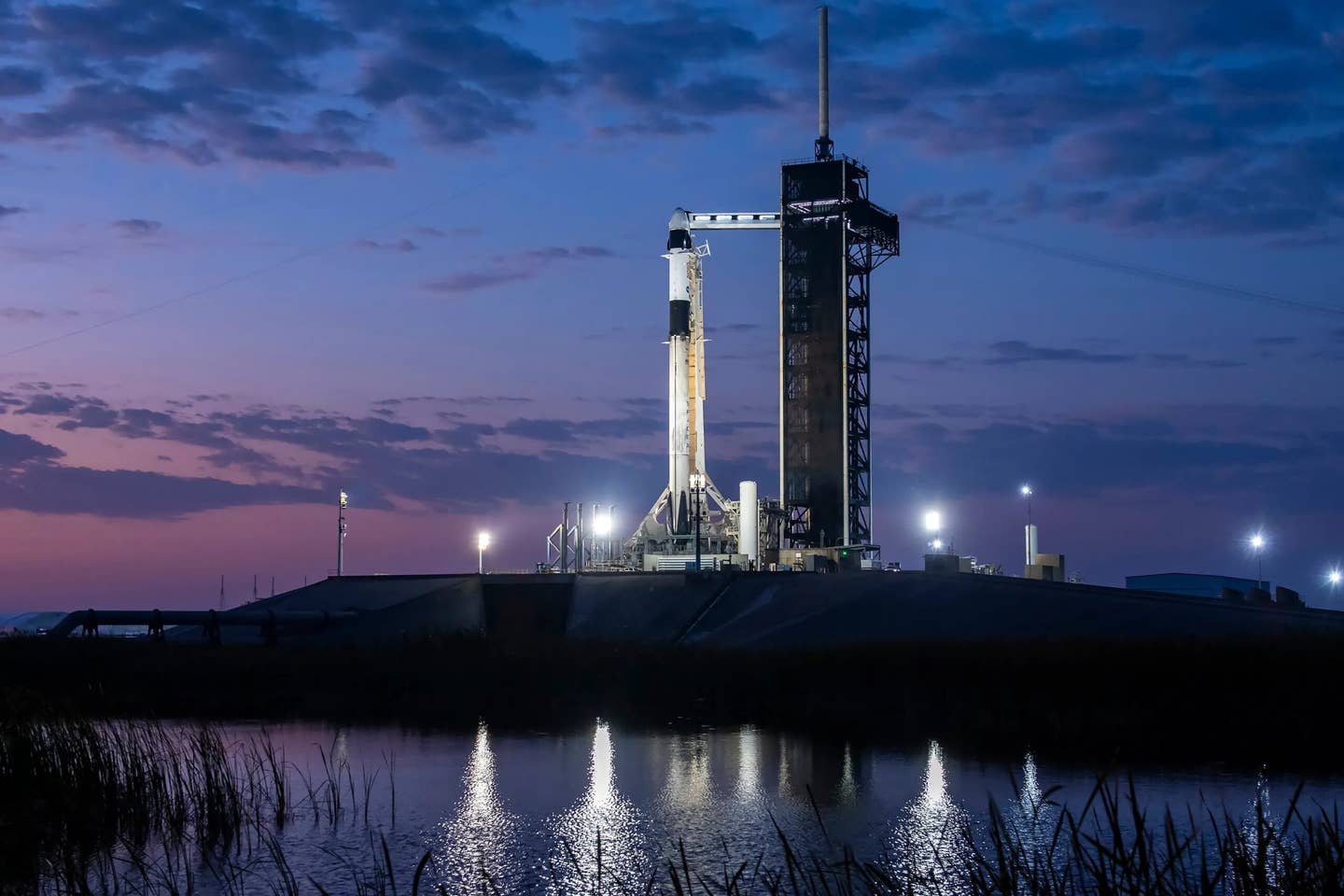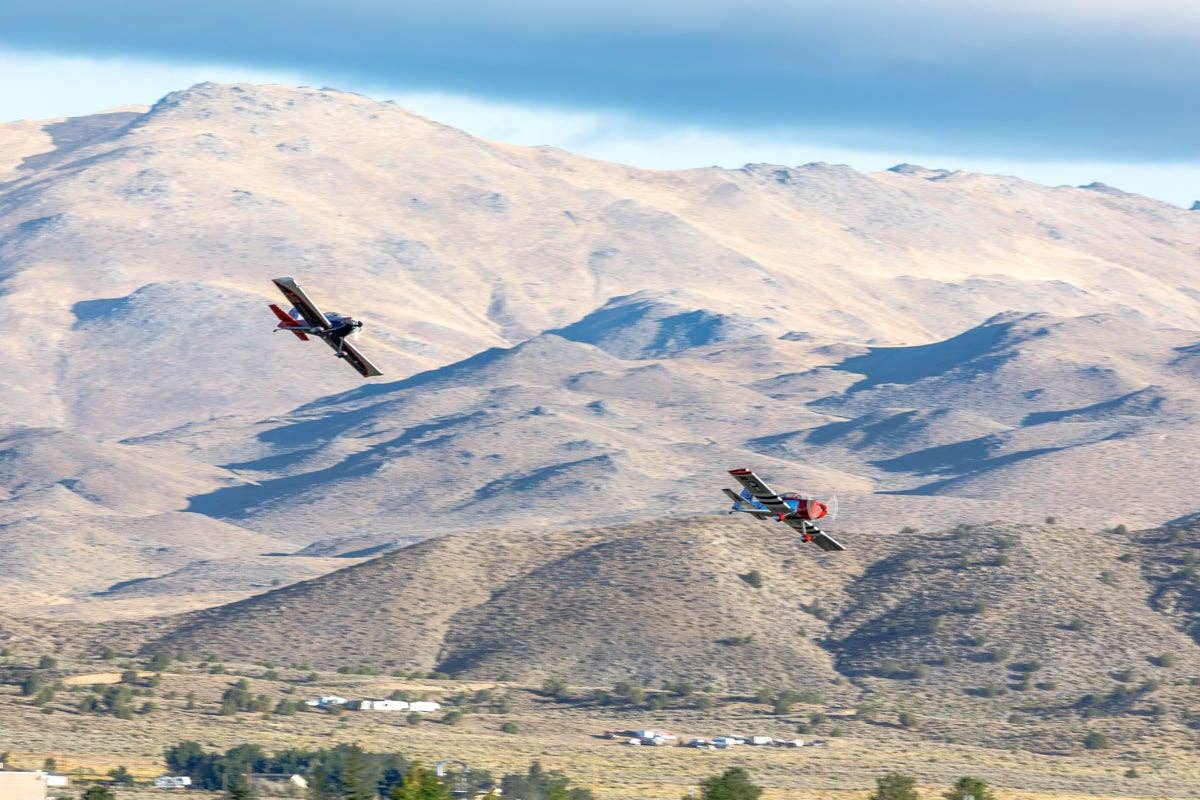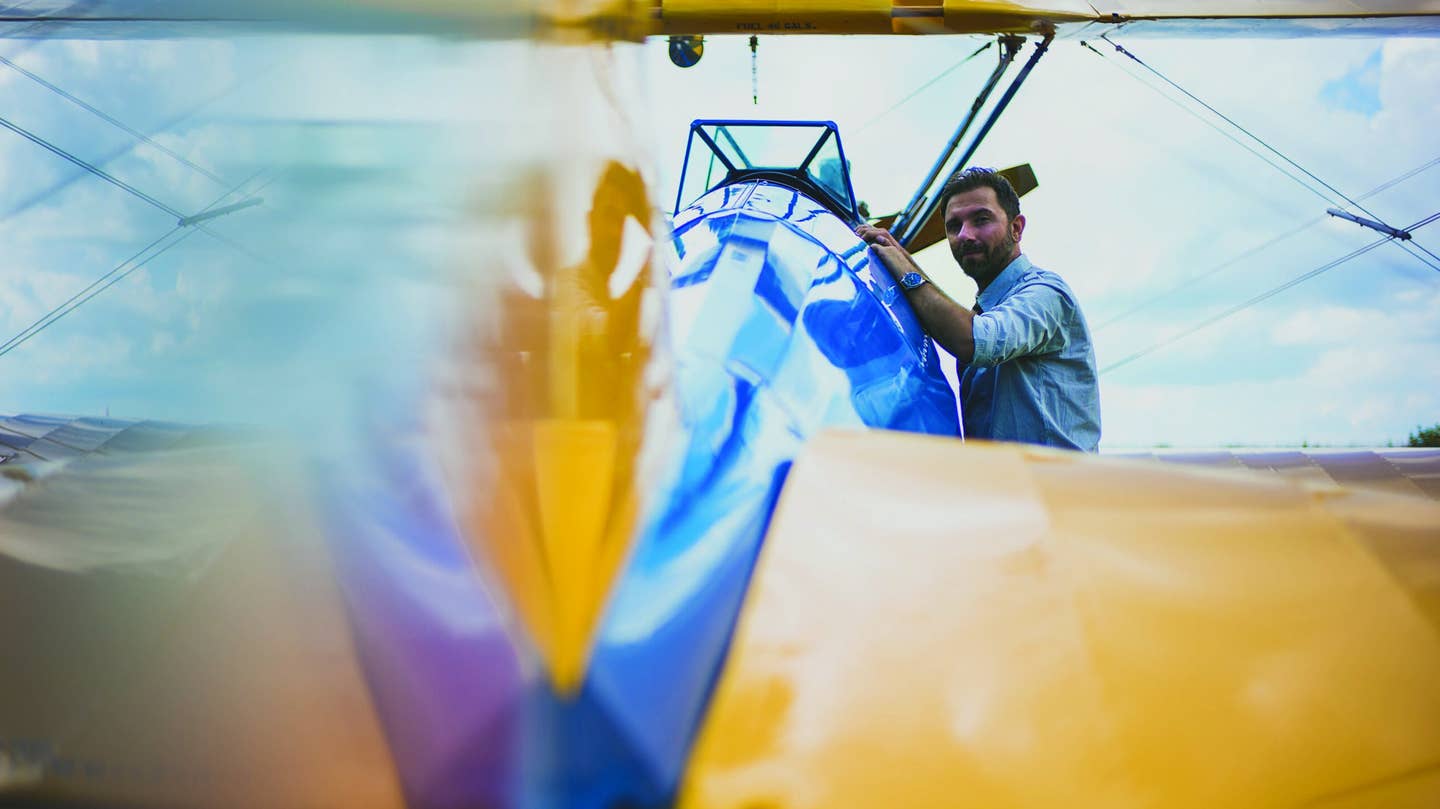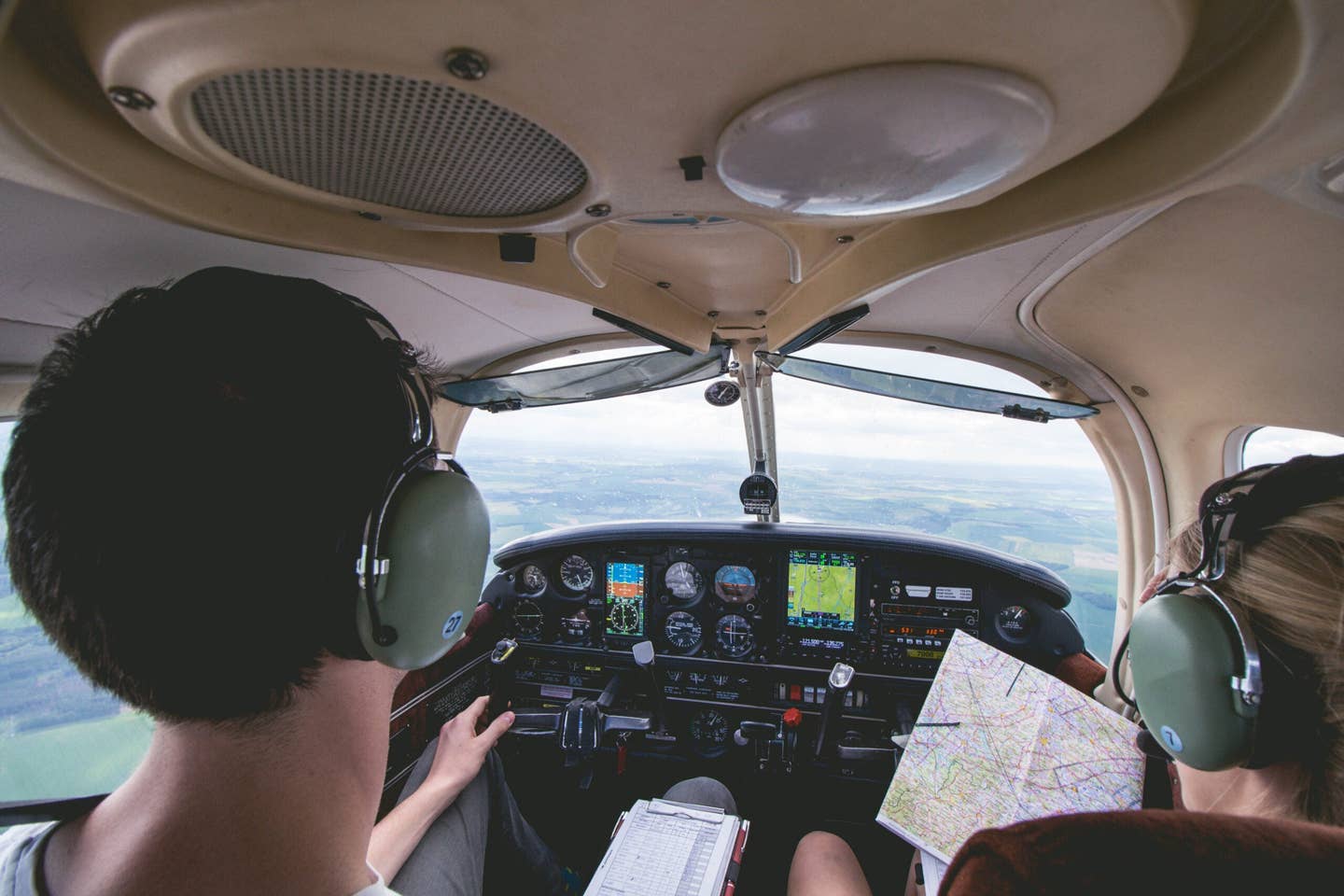Dufour Aerospace Aims to Compete with Medevac Helicopters
Dufour Aerospace expects the first flight of its Aero3 hybrid electric vertical takeoff and landing aircraft test article to take place by the end of this year or early 2023.

Aero3, from Dufour Aerospace, is being developed as a hybrid eVTOL emergency medical transport and rescue aircraft. [Courtesy: Dufour Aerospace]
Medevac helicopter pilots are all too aware of the challenges involved in their missions. They often have to land and take off from areas not intended for use as heliports, including parking lots, farmland, and empty side streets.
They also have to fly very low—maintaining altitudes under 1,000 feet, where dangerous infrastructure, such as power lines, light poles, antenna towers, and trees can get in the way—with potentially disastrous results. Keeping proper situational awareness surrounding tail rotors and main blades—often measuring 35 to 50 feet long—can also be challenging.
Driven by increasing demand for air ambulance services, Dufour Aerospace is developing an electric vertical takeoff and landing (eVTOL) aircraft specifically for medevac and emergency medical services (EMS) missions to treat, evacuate, or rescue critically ill or injured patients.
Dufour’s eVTOL—dubbed Aero3—will not have traditional tail rotors, nor helicopter blades. Its six smaller proprotors will be attached to wings that tilt upward to provide vertical lift during takeoff and landing. Aero3 is designed to take off and land in unorthodox areas such as city streets and highways—and is less expensive to operate than helicopters, according to Dufour.
Dufour and Swiss Air-Rescue Rega signed a letter of intent last September to collaborate on Aero3’s development, leveraging the air rescue organization’s 70 years of expertise operating helicopter emergency medical services.
Other developers are repurposing eVTOLs designed primarily to serve as air taxis, but Dufour Aerospace chief commercial officer Sascha Hardegger told FLYING that EMS aircraft must be mission-specific from the outset.
“Patient transportation is one of the most demanding applications out there,” Hardegger said.
Treatment During the Golden Hour
Because Aero3 is expected to be less expensive to operate, more operators will be able to afford them, said Hardegger. “We are fully convinced that it will be possible to have a denser network of air ambulances, capable of increased speed,” he said, so it can reach more people within the critical golden hour—that small window of time when victims of heart attacks, strokes, or other life-threatening illnesses must be treated in order to survive.
“This is really what we’re aiming for,” he said.
Fastest Growing Segment
The air ambulance sector is the fastest-growing segment of the ambulance services market, according to Precedence Research. The global ambulance services market was valued at more than $29 billion last year and is projected to surpass $95 billion by 2030.
Experts say much of this is being driven by more hospitals investing in air ambulances, and a global population with increasing numbers of people over age 60. Increased use of air ambulances could help fill a medical services gap created by increased closure of rural hospitals, a trend recently seen in the United States.
Payload Capacity is Key
With an MTOW of 2,800 kg, a useful load of 750 kg, and a capacity of up to eight, Aero3 is designed to carry a doctor, a paramedic, multiple patients, and all necessary emergency medical equipment. It also will offer extra-large doors for quick and safe loading and off-loading.
Dufour co-founder and CEO Thomas Pfammatter says payload capacity is the key to an effective EMS aircraft.
“Most of our competitors think all you need to do is simply add a litter and passengers—but we know what it means to certify an EMS-capable aircraft—that’s why ours is bigger,” Pfammatter says.
He says Aero3’s motors will be quieter than a helicopter, and it also will have a smaller carbon footprint.
The decentralized electric main propulsion system includes eight motors powering six proprotors on the wings and two small rotors aft in a more traditional tailrotor presentation. Aero3’s onboard turbine engine gives the aircraft increased range as well as the ability to recharge its electric batteries during flight, eliminating the need to recharge on the ground between missions.
If the tilt-wing design looks a bit familiar, Canadair developed a tilt-wing military VTOL called the CL-84 Dynavert, which was test flown in the 1960s and ’70s before the program was canceled.
Aero3’s development comes on the heels of Dufour's Aero2 test article, a smaller, uncrewed, remote-controlled logistics eVTOL that has been undergoing flight testing since 2020.
Dufour Aerospace expects the first flight for an Aero3 test article to take place by the end of this year or early 2023. It hopes to win EASA certification in time to enter service by 2026.

Sign-up for newsletters & special offers!
Get the latest FLYING stories & special offers delivered directly to your inbox

